Even our own Jenks Lake is really a reservoir, holding water to be used down the hill for orange orchards at a later date.
Since moving from Montana this last fall, I have witnessed rain once and a spitting of snow three other times. It is dry here.
At High Trails, we live in an interesting ecosystem: a high desert. This lack of rain got me thinking about where water in Southern California comes from. You see, Montana, my home state, is the headwaters for the Columbia River as well as the Missouri, which feeds the Mississippi.
It is amazing to me that Southern California, a climate that is drier than Beirut, Lebanon, could sustain itself. How do they make it happen?
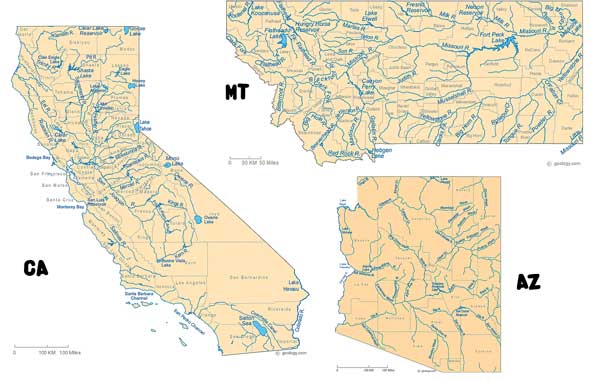
These are the rivers in 3 different western states, so you can see how Southern California compares.
With 70 percent of runoff accumulating north of Sacramento and 75 percent of California’s urban and agriculture located south of Sacramento, a lot of water is being moved around the state. The first place that water comes from is the Sierra Nevada mountain range in the Northern part of the state. Water from this area has to travel about 444 miles and gain an unnatural 1,926 feet of elevation to pass Tehachapi Mountain.
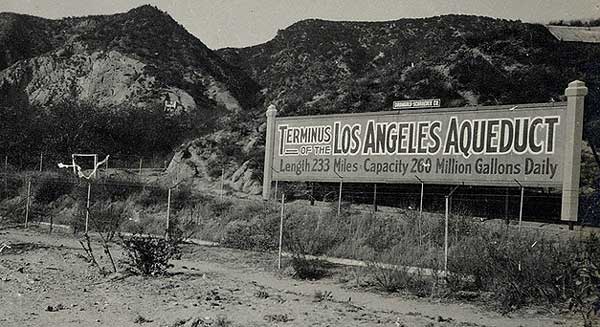 To transport all the water, a system of aqueducts (cement channels), pumps, and gravity are used. Seeing that water cannot naturally flow uphill, pumps and electricity are used to lift the water before letting gravity take over again. These aqueducts are anywhere between 40 to 100 feet wide and hold an average water depth of 30 feet. There are three main aqueducts transporting water to different areas of Southern California: the Los Angeles, California, and Colorado aqueducts. The main arteries of these aqueducts combined span more than 800 miles. The aqueducts move water to different pumping stations and reservoirs. There are 1,200 major dams in the state.
To transport all the water, a system of aqueducts (cement channels), pumps, and gravity are used. Seeing that water cannot naturally flow uphill, pumps and electricity are used to lift the water before letting gravity take over again. These aqueducts are anywhere between 40 to 100 feet wide and hold an average water depth of 30 feet. There are three main aqueducts transporting water to different areas of Southern California: the Los Angeles, California, and Colorado aqueducts. The main arteries of these aqueducts combined span more than 800 miles. The aqueducts move water to different pumping stations and reservoirs. There are 1,200 major dams in the state.
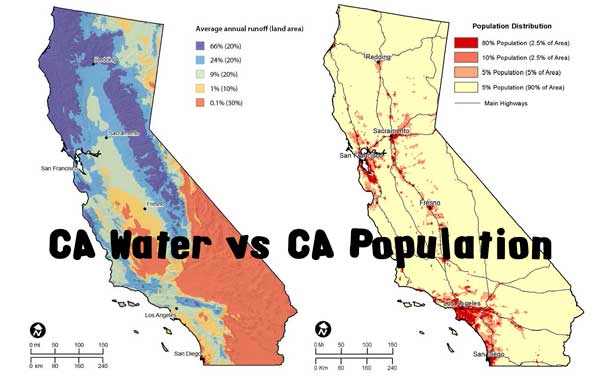
Besides aqueducts, California relies on groundwater to meet the rest of its needs. Between 30 – 40 percent of groundwater is used in California. That is more than any other state. This would not be too big of an issue if it weren’t for the lack of groundwater regulation. California is one of two states that does not regulate groundwater use and pollution. The water can be easily contaminated, and it is a great cost to clean it. Currently, there is an issue with perchlorate, a chemical used in rockets, road flairs, and airbags, leeching into the groundwater. Another problem with relying heavily on groundwater in a desert area is that more is used than replaced. It does rain and snow a bit in the Southern part of California, but not enough to replace the water being used.

1977 photo of the Gene Pumping Plant, which lifts Colorado River water 303 feet just south of Parker Dam. Courtesy of the Herald-Examiner Collection, Los Angeles Public Library.
It is mind-boggling how much energy has been used to make the faucet run in Southern California. The landscape has been restructured to meet the needs of the people in so many different ways. Water in lakes has been drained in one area only to be contained in some reservoir miles away.
The delta waters near Sacramento are being pulled through aqueducts hundreds of miles to water farmland; the same farmland that farmers have to lease to environmental agencies during migration season so birds have a safe place to land and a little water to get them through the area.
Of course, there are two sides to every story, and history is full of examples of humans reimagining their environment.
Close to 2,000 years ago ancient Romans built huge networks of their own aqueducts so that people could use baths and latrines in areas where water didn’t naturally exist. Centuries later, during the Dark Ages, many people couldn’t believe that humans actually built these giant structures.
Even though we can do these things, it doesn’t always mean we should. It’s important to educate ourselves, completely understand the situation and then look at the potential long term effects.
Now, every time I brush my teeth or use the faucet, I think of the long, unnatural journey of Southern California’s water and the small steps I can take to reduce the demand. It might not seem like much, but every little bit counts.
At High Trails Outdoor Science School, we literally force our instructors to write about elementary outdoor education, teaching outside, learning outside, our dirty classroom (the forest…gosh), environmental science, outdoor science, and all other tree hugging student and kid loving things that keep us engaged, passionate, driven, loving our job, digging our life, and spreading the word to anyone whose attention we can hold for long enough to actually make it through reading this entire sentence. Whew…. www.dirtyclassroom.com

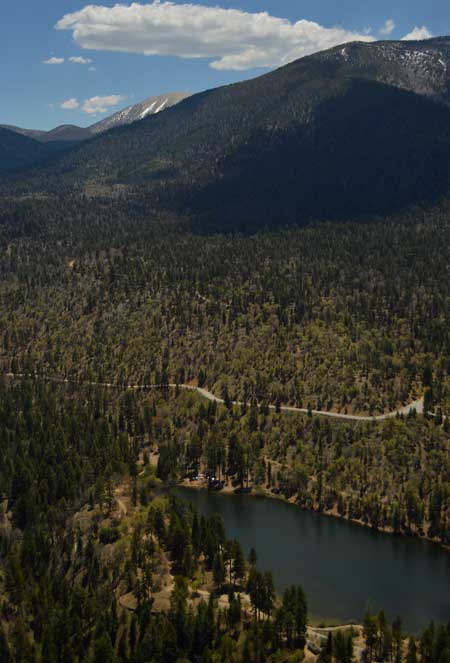

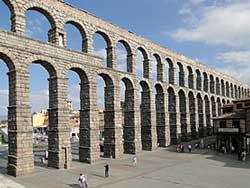
Comments are closed.